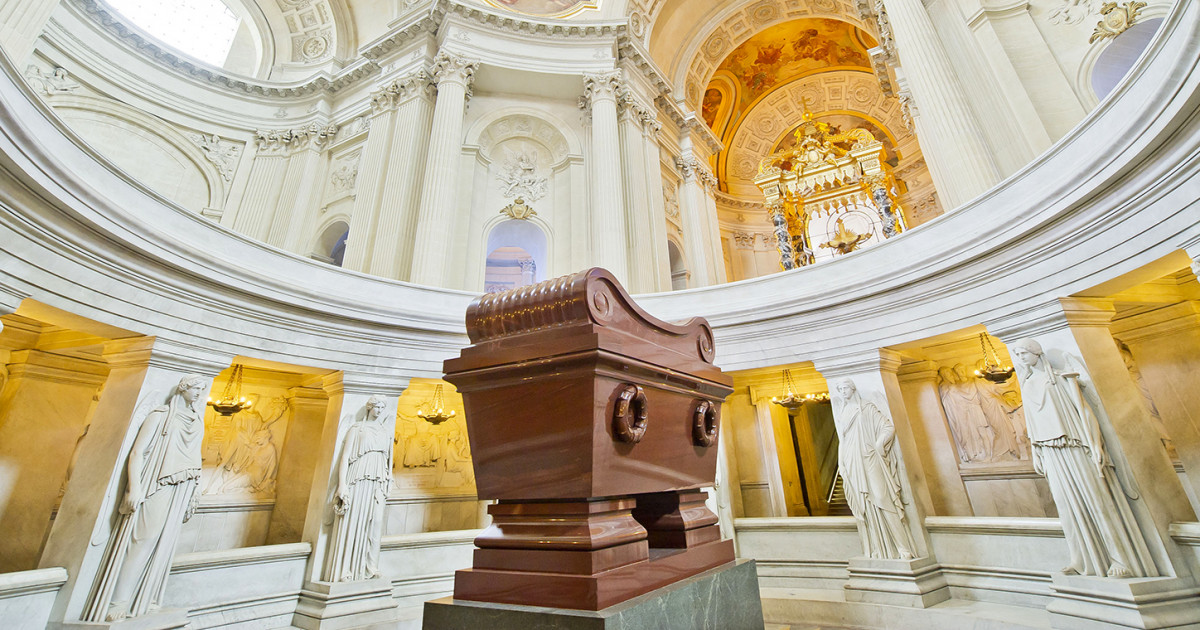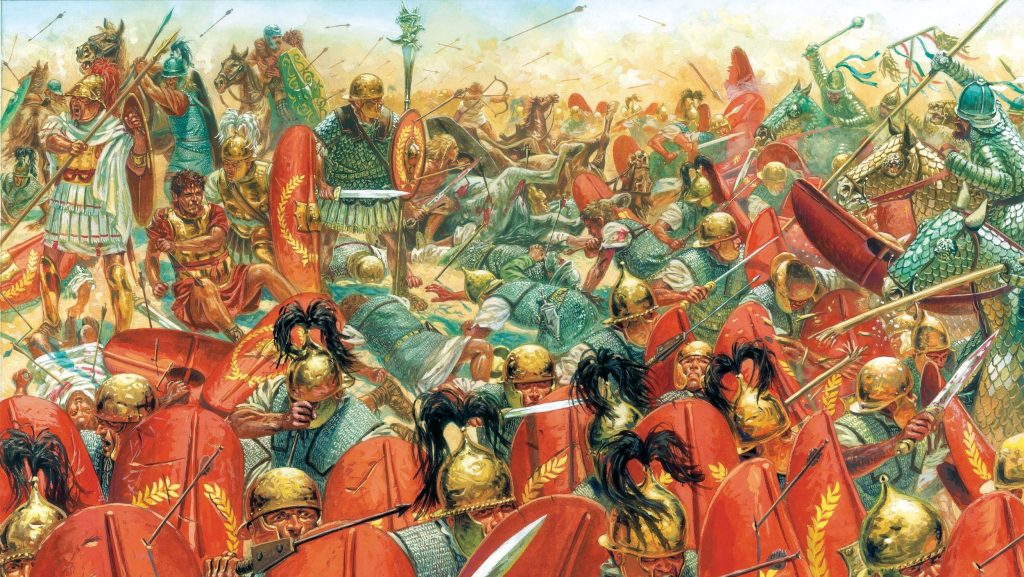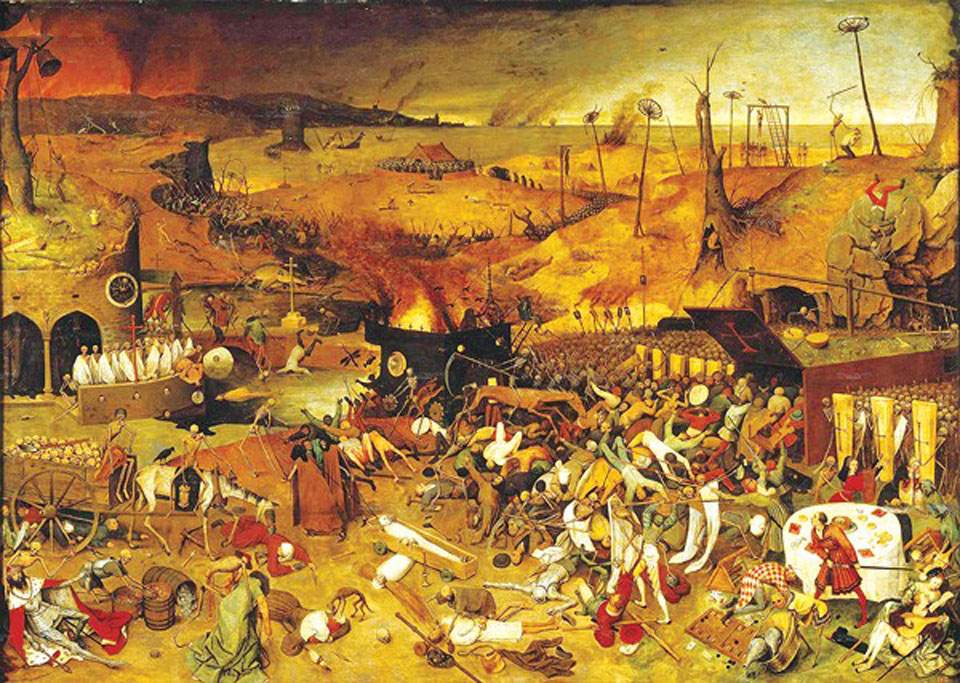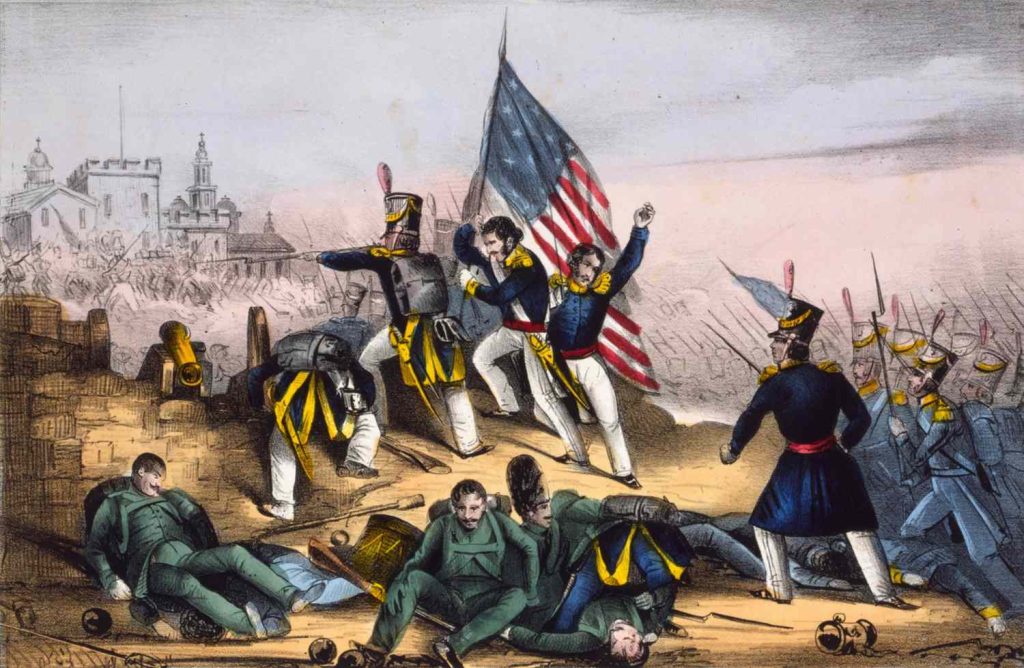From Portugal to Russia, the Napoleonic Wars reshaped Europe—and left behind landscapes where the past still feels close. If you’re planning a history-flavored trip, these four battlefields combine gripping stories with memorable sites, museums, and viewpoints.
Austerlitz (Czech Republic): Napoleon’s Masterstroke

What happened (Dec 2, 1805)
At dawn, a cold mist clung to the Pratzen Heights. Napoleon had “emptied” those heights the night before, luring the Austro-Russian army to descend and stretch its line. As Marshal Davout’s III Corps clung on at Sokolnitz and Telnitz, Napoleon unleashed Soult’s IV Corps up the Pratzen. The French seized the ridge, split the enemy, and turned the day into a decisive victory. By nightfall, the Coalition’s wings were in disorder—some fleeing over the frozen Satschan ponds.
What to see today
- Pratzen Heights & Cairn of Peace: A bell-shaped memorial crowns the gently sloping ridge; the Austerlitz Battlefield Museum sits beside it.
- Žuráň Hill: Napoleon’s morning command post with a bronze orientation map and sweeping views.
- Šlapanice Rectory: Soult’s HQ, now a small museum stop on the French line.
- Sokolnice Chateau: Once a stubborn French defensive point; today a quiet landmark.
- Stará Pošta (Old Post House): Murat’s HQ before the battle, Bagration’s during it—and Napoleon’s lodging the night after; now a hotel/restaurant with exhibits.
- Slavkov u Brna (Austerlitz) Chateau: Site of the preliminary armistice; guided tours and a strong local museum.
Traveler tip: Base yourself in Brno; the field sits just southeast. Wayfinding is straightforward and the terrain itself—broad, readable slopes—is half the lesson.
Borodino (Russia): The Bloody Road to Moscow

What happened (Sept 7, 1812)
Seeking a decision before Moscow, Napoleon slammed into Kutuzov’s line near the village of Borodino. The fiercest fighting raged at Semenovskoye (where Bagration fell) and around the Grand (Raevsky) Redoubt in the center, taken and retaken at terrible cost. Though the day ended a tactical draw, Kutuzov withdrew, leaving Napoleon the road to Moscow—and a campaign already fatally delayed.

What to see today
- Great Redoubt Monument (1839): The battlefield’s anchor; nearby stands the main Borodino Museum.
- Shevardino Redoubt: Napoleon’s command post on the day—also the lone French monument on the field.
- Kutuzov’s Command Post at Gorki: Marked by a granite monument with an eagle.
- Spaso-Borodinsky Convent: Founded by Margarita Tuchkova where her husband fell; still an active monastery.
- Graves & unit markers: Scattered memorials to Russian formations, including General Neverovsky, reinterred here in 1912.
Traveler tip: Take a train from Moscow to Mozhaisk, then a short taxi. Pair with a visit to Moscow’s 1812 Museum and the Borodino Panorama for context before you walk the ground.
Leipzig (Germany): The Battle of the Nations

What happened (Oct 16–19, 1813)
After the failed Russian campaign, Napoleon faced three converging Allied armies around Leipzig. He tried to beat Schwarzenberg in the south before Blücher and Bernadotte closed in from the north. Murat’s spectacular cavalry charge nearly shattered the Allied center, but terrain and counter-attacks stalled it. On the 18th, with the Allies massed and Saxon troops defecting, the French position crumbled. The next morning, a blown bridge sealed Napoleon’s retreat; the valiant Poniatowski drowned in the Elster.
What to see today
- Völkerschlachtdenkmal (Monument to the Battle of the Nations): A 91-meter granite colossus (completed 1913) with a panoramic viewing platform and a museum at its base.
- Southern villages: Markkleeberg, Wachau, Liebertwolkwitz, Probstheida—absorbed into modern Leipzig but still traceable with maps and plaques.
- Northern sector: Möckern, scene of heavy clashes involving Blücher’s Army of Silesia.
Traveler tip: Much of the area is urbanized. Bring a good battlefield map or app and plot a loop: monument → southern villages → northern approaches.
Waterloo (Belgium): Napoleon’s Final Defeat

What happened (June 18, 1815)
After victories and stumbles in the opening days of the campaign (Ligny, Quatre Bras), Napoleon pursued Wellington, confident Grouchy would pin Blücher. Heavy rain delayed the French start. Fighting churned around Hougoumont on Wellington’s right and La Haye Sainte in the center. By mid-afternoon, Prussian IV Corps under Bülow struck Napoleon’s right at Plancenoit, forcing him to commit reserves. Evening brought the Imperial Guard’s last, too-late push—repulsed as fresh Prussian forces linked with Wellington. The Grande Armée broke.
What to see today
- Lion’s Mound & Panorama: The landmark mound (1820s) and the striking circular painting (1912) sit atop the central ridge; a modern underground museum opened in 2015.
- Hougoumont Farm: Restored and visitable; the day’s longest, most brutal struggle.
- La Haye Sainte crossroads: Dotted with unit monuments (farm itself is private).
- Plancenoit: Memorials to French and Prussian troops amid village lanes.
- HQs: Le Caillou (Napoleon) to the south; Wellington Museum in Waterloo town—see the room where he wrote the victory dispatch.
Traveler tip: An easy day trip from Brussels by train or car. The site is well-signed; start at the Lion’s Mound complex, then loop to Hougoumont, Plancenoit, and the two headquarters.
Planning Your Napoleonic Road Trip
- Start with maps & panoramas: Battlefield museums and panoramas help you “read” ground—then the ridges, villages, and roads make instant sense.
- Walk the key features: Heights (Austerlitz), redoubts (Borodino), village lines (Leipzig), farms and crossroads (Waterloo) are the story.
- Mind distances: Austerlitz is compact; Leipzig sprawls; Borodino requires a bit of transit; Waterloo is the easiest to cover in one day.
- Go off-peak if you can: Cooler months and early mornings mean emptier paths and better visibility.
Why These Fields Matter
Each of these places explains a different Napoleonic truth: audacity and deception (Austerlitz), attrition and limits (Borodino), coalition mass and patience (Leipzig), and the finality of timing and reserves (Waterloo). Walk them, and strategy becomes landscape; names on a page become villages, ridges, and distances under your feet.
Happy campaigning—of the historical kind.











































